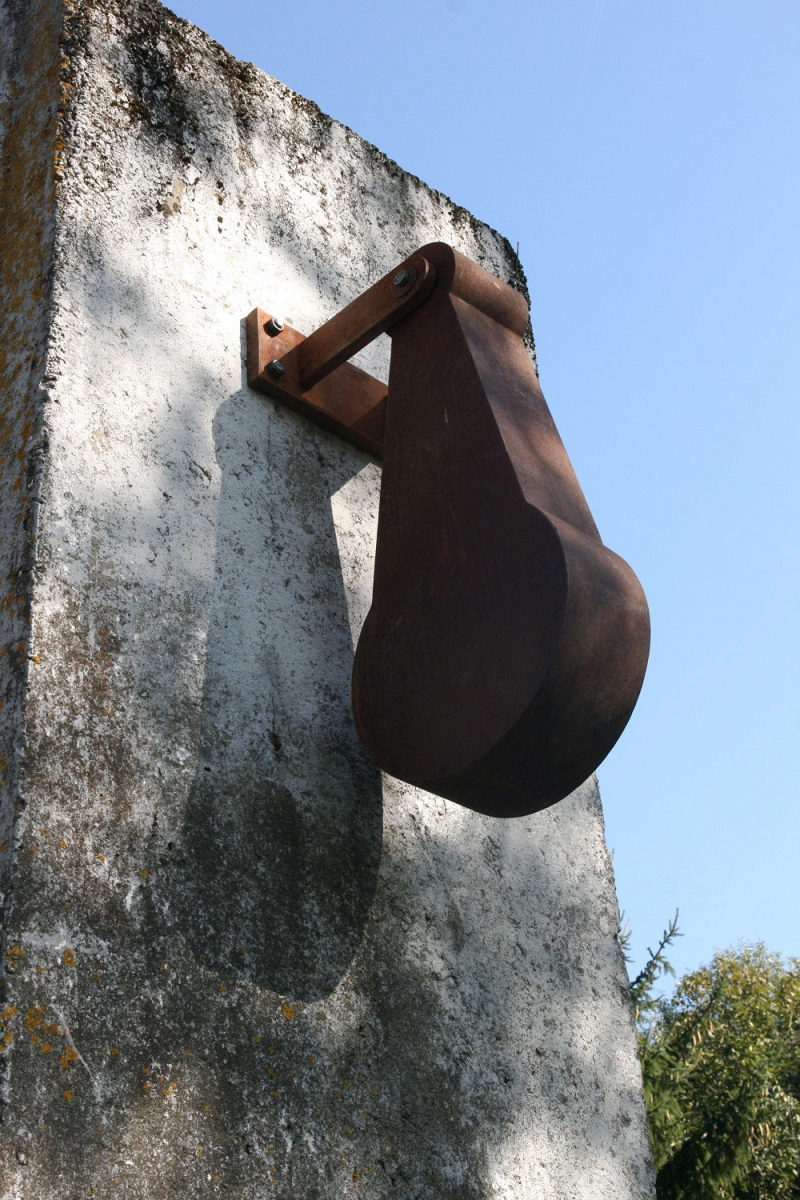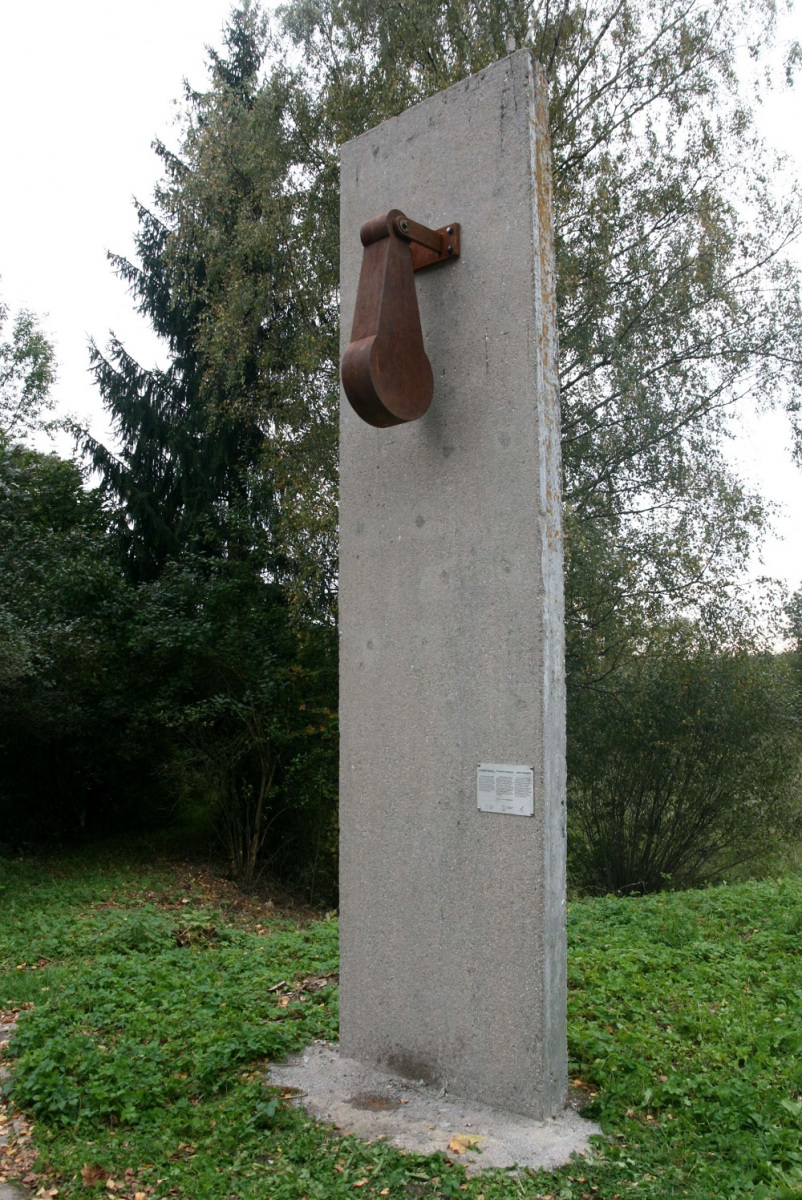|
|
| The sculpture stands right next to the Lithuanian-Polish border in the village of Felicijanavas,(Galiniai) in Lazdijai municipality. Lake Galadus is nearby.The headquarters of the Lazdijai team of the State Border Guard Service was located here.
Following the declaration of independence on 1918, Lithuania had to ensure its border protection. This was a difficult task to fulfill, because the borders were changing and was in a perpetual dispute with Poland, and the bodies protecting the border were changing as well. This strength was maintained until June 1940 when the Soviet Union occupied Lithuania. After that, the border police was disbanded, and the Red Army took control of the Lithuanian border with Nazi Germany. Near the end of World War II, the Soviets occupied Lithuania for the second time. Throughout their rule, they protected only the Lithuanian border with the People’s Republic of Poland.After Lithuania restored its independence on March 11, 1990, it had to ensure the protection and inviolability of its borders. Lithuania became a member of the European Union on 1 May 2004 and of the Schengen Area on 21 December 2007. The passport control on the Latvian and Polish borders was eliminated and the State Border Guard Service disbanded. b |








